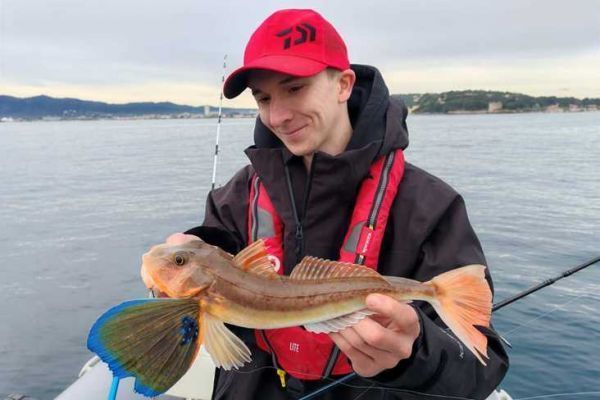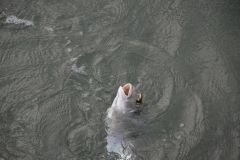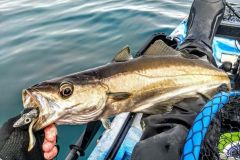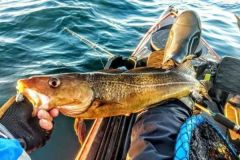Red mullet or gurnard-perlon
The gurnard or gurnard-perlon is found in the Atlantic, North Sea, English Channel and Mediterranean. Its scientific name is Chelidonichthys lucerna and it lives on sandy, muddy or gravelly bottoms. Depending on the season, red mullet can be found at depths of between 15 and 300 meters.
Using its locomotor rays, it locates its prey, most often buried on the bottom. Then, with its rostrum, it digs into the substrate to feed. An omnivorous fish, the red mullet feeds on crabs, shrimps, worms and small fish. It can grow to over 60 centimetres in length and live up to 15 years.
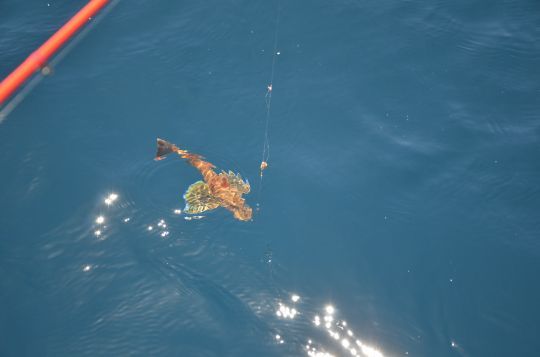
Determine the nature of the funds to be prospected
To catch gurnard red mullet, you need to fish near or on the bottom. So, of course, you need to prospect the bottoms they frequent, sandy-muddy bottoms and other soft bottoms, or fish close to these biotopes.
In summer, red mullet tend to move closer to the coast, frequenting shallower depths of 15 meters and more. When temperatures drop, red mullet should be sought out on larger bottoms, up to two hundred meters.
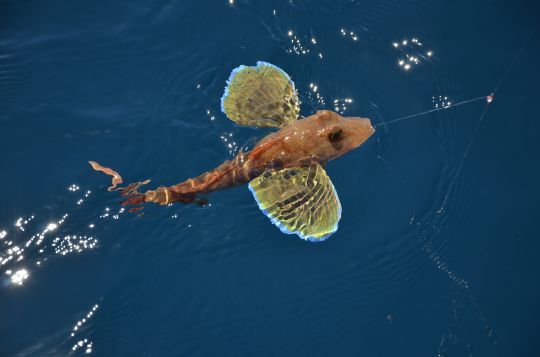
Different fishing techniques for targeting red mullet
If you're hoping to catch gurnard or pearl mullet, bait fishing in the biotopes they frequent gives good results. Various worms, such as trawl worms, American worms and cordellas, can be used to find them. But a well-presented crab, shrimp or sardine will also interest gurnard mullet.
You can also fish for red mullet with lures. Worms, shads or jigs need to be animated on the bottom to trigger attacks. Drop-shot rigs can be used to prospect areas where the risk of hooking is frequent.
Obviously, a bait-decoy mix will combine both techniques. Thus, madaï, tenya, kabura, allow you to present a bait likely to interest gurnard mullet, while offering the possibility of being animated and triggering attacks.

 /
/ 